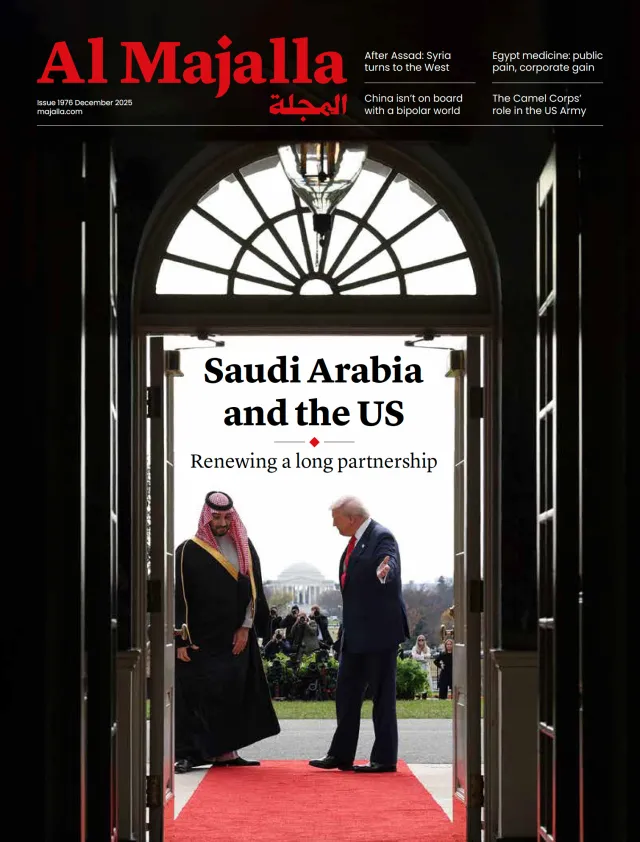The launch ceremony unveiling Syria’s new national emblem at the People’s Palace late last week was poignant, grand, and (not unusually for Syria) highly charged by intense public debate. A lavish gathering attended by Syrian President Ahmed Al-Sharaa, it was the cue for celebrations across many parts of the country, but not Raqqa or Hasakah, which remain under the control of the Syrian Democratic Forces (SDF).
The emblem itself is a gold eagle with three five-pointed stars in an arc over its head, inspired by ancient motifs at Palmyra. The eagle’s wings contain 14 feathers, symbolising the country’s 14 governorates. Performances and slogans conjured scenes from the Syrian revolution, as al-Sharaa delivered a stirring address, championing Syria’s unity and diversity.
Yet even before the event concluded, controversy erupted, with critics asking if the new visual identity was authentically Syrian or merely “inspired” by other nations. Some muttered that the eagle had been “stolen”. Others thought it resembled the logo of an alcoholic beverage. The doubts, accusations, and rebuttals nearly obscured the core issue facing the country: what kind of Syria will be built?
Rooted in legality
There are decisions to be made. The new Syria could be founded on the rule of law, with justice and transparency core beliefs. Alternatively, and arguably easier, the new Syria could be one that is swayed by the ever-shifting winds of public sentiment.




